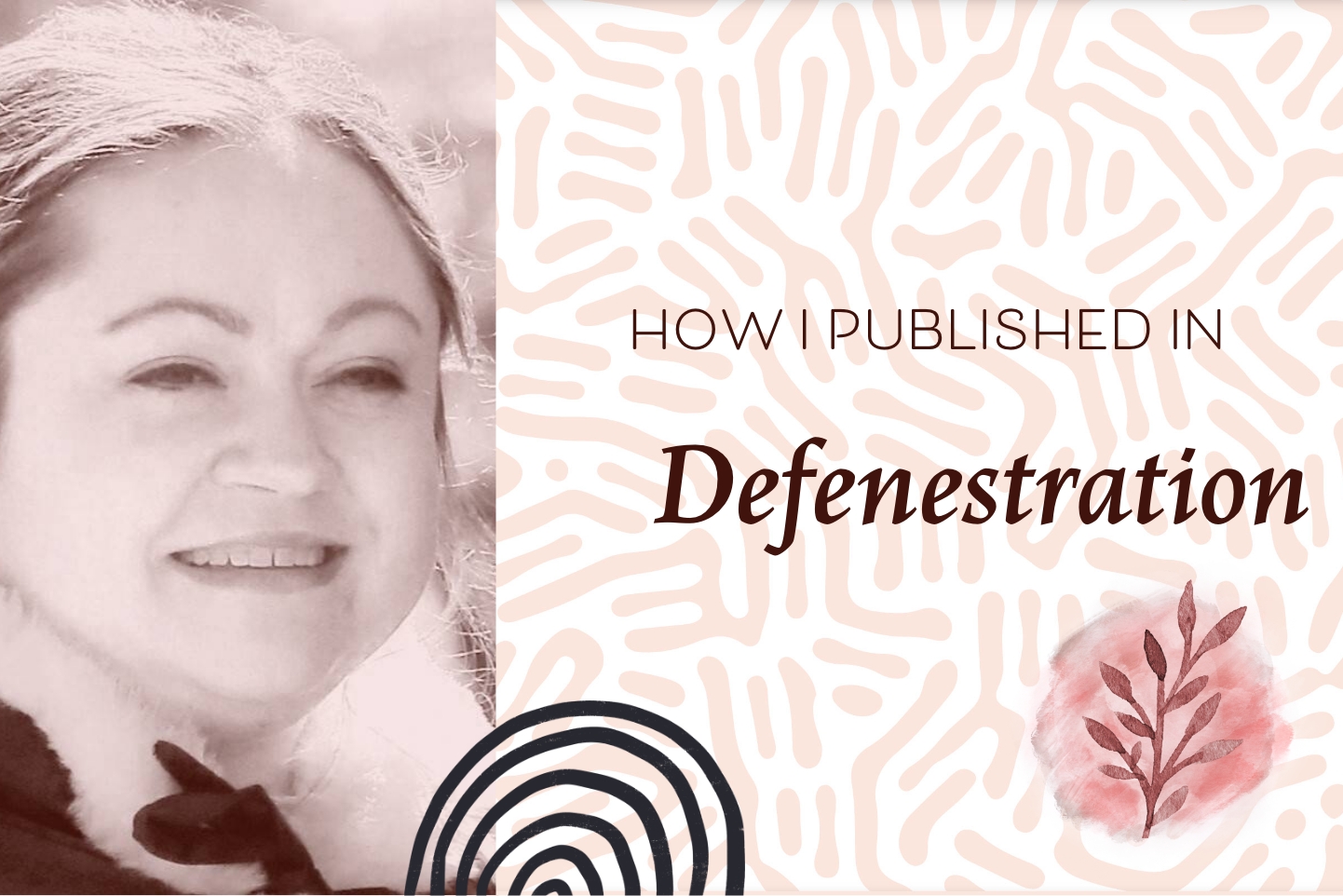By Sherine Elbanhawy
I have been subscribed to The Masters Review for years, and I love the work they publish. They were my first choice for “Night Stencils.”
All summer, I kept revising the story up until the deadline. I couldn’t believe it when I got short-listed; being one of fifteen felt very competitive, and I felt I only had a slim chance of being published. I never imagined winning. Cole Meyer and Melissa Hinshaw were extremely supportive, encouraging, and meticulous editors. Their professionalism and enthusiasm made me appreciate how much they cared about emerging writers and how they were absolutely committed to helping them reach their goals.
This story was initially conceived in 2017 during my MFA at UBC; since then, it has been workshopped three or four times with different writing groups. Each revision involved several iterations before I felt ready to send it out.
Earlier versions of the story got rejected by Into the Void, StoryQuarterly, The Puritan, and Guernica Editions. These rejections helped me realize that the story needed more work. Each time, I would either put it aside for a while or sign up to a workshop to figure out the sections that I needed to develop. The editorial feedback I received from my peers helped me go deeper into the story and think more deliberately about the narrative purpose of every single detail.
The last stop for the story was the Lit Mag Love course, which encouraged me to fine-tune the beginning and the ending and not shy away from submitting again. The course also helped me create a submission plan and develop a list of potential publishers who were bringing out work that I loved and that felt close to my own work. Those were the homes I selected for my writing.
I took each rejection to mean that the story hadn’t reached its optimal form. After each rejection, I would either register for a writing workshop or ask for feedback from a trusted writer/friend. Communities of writers help make writers. I am so grateful for the insights and remarks of other readers/writers; it’s because of them that I was able to revise and resubmit.
I almost shelved/abandoned this story, but I felt compelled to tell it, especially since it’s been a decade since the Egyptian Revolution. I’m glad it found its audience. I learned that every story has a home and that I shouldn’t give up on my writing.
I have been reading lit mags for years, and I discover new ones every day. I used to scour bookstores in awe of publications like Granta, The New Yorker, and the Paris Review. I dreamt of finding magazines one day that focused on Arab writers in Canada, the way Ricepaper Magazine focuses on Asian Canadians. Mizna existed in the USA, Banipa in the UK, and ArabLit Quarterly and The Markaz Review have recently filled a gap. I was always excited when I read pieces by Arab writers in Canadian literary magazines; that’s one of the reasons why I’m relaunching Rowayat in Canada this year and hoping to add an extra-literary space for Arab voices.
The Malahat Review is one of my favourite literary journals. It publishes high-quality work that I love to read and new writers that are a joy to discover. TNQ is another favourite of mine; I love how all the issues are available online and how they publish both emerging and established writers, representing the wide variety and quality that creates CanLit. Room Magazine feels like a home; everything they publish is exceptional, particularly their choices for themed issues and their support for feminists and BIPOC writers.
Sherine Elbanhawy is pursuing an MA in Islamic Studies specializing in Women and Gender Studies at McGill University. She holds an MFA in Creative Writing from the University of British Columbia. Her writing has been published in The Malahat Review, Room Magazine, ArabLit and others. Tweets @CaireneGirl.





